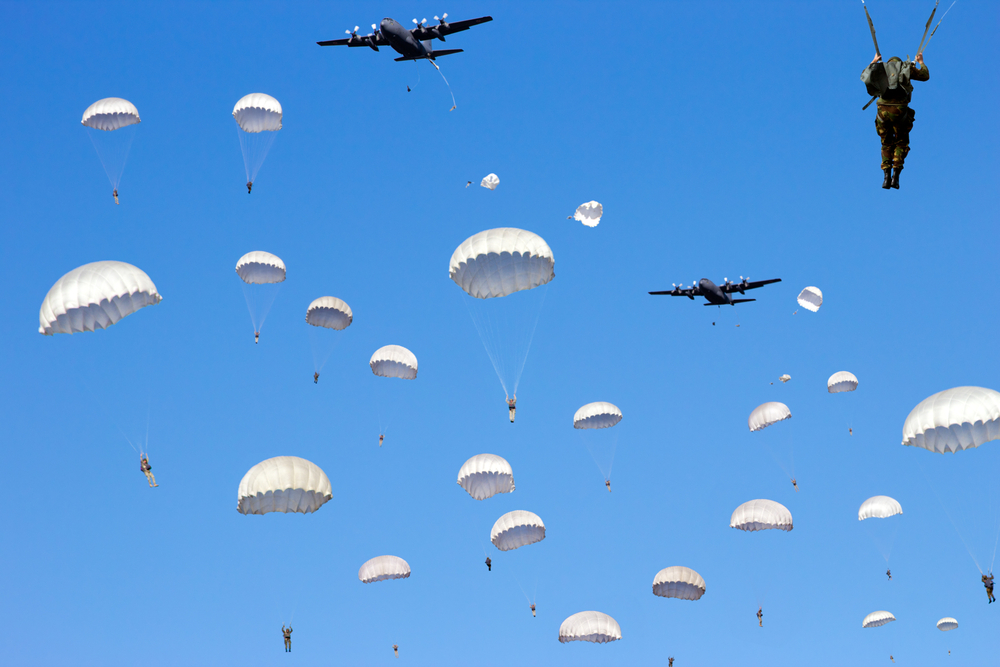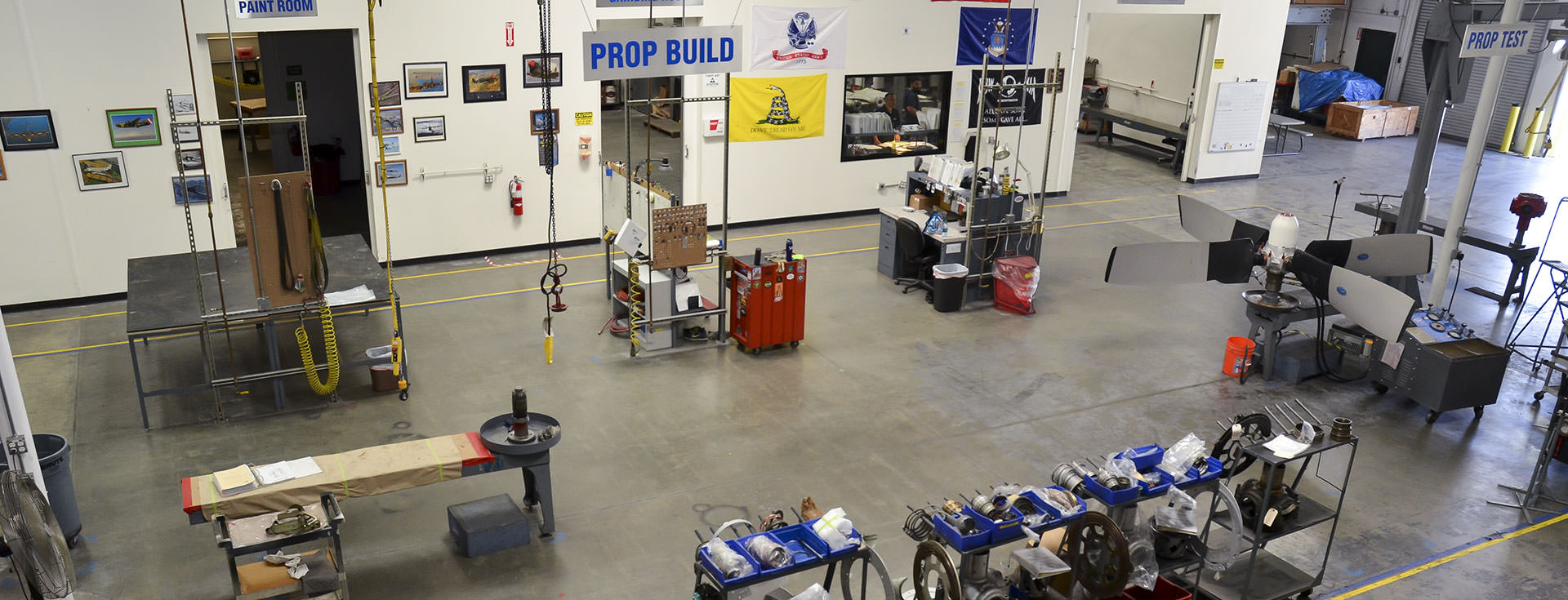The C-130 Hercules is a marvel of modern military warfare, reconnaissance, and research capacity. It has been an icon of both imagination and military might since the mid-1950s, and it has survived through many different administrations. So, you must ask yourself, “What makes the C-130 a needed resource, and how have its capabilities changed over time?”
What’s the Purpose of the C-130?
The C-130 Hercules was originally designed to provide tactical deliveries of both supplies and troops to hostile areas. However, engagements in differing landscapes and the demands of modern warfare resulted in changes in the tactical usefulness of the C-130. For example, it became what some might describe as a spy base during its days as an electronics reconnaissance aircraft, providing radar imaging and housing antenna equipment in “faux underwing fuel tanks,” reports MilitaryFactory.com. Meanwhile, its usefulness grew more intriguing as different variations were created to meet the needs on the ground.
While Lockheed Martin built, the original C-130 with dirt runways and dense jungles in mind, modern uses of the C-130 range from military missions to humanitarian efforts The C-130 is capable of a maximum payload of 44,000 pounds, and even those in charge of its ordering at the Pentagon seem to have difficulty letting it go. In 2005, Secretary of Defense Donald Rumsfeld attempted to kill the C-130J program, but the Air Force presented such high costs associated with ending the program, to the tune of more than $1.1 billion, Rumsfeld allowed the program to continue.

How Has the C-130 Changed Over Time?
Since 1998, the C-130J has been the most recent configuration of the first aircraft’s design, marking the latest of a whole lineup of different shapes. In some cases, you may not have even realized the plane before your eyes was a C-130 due to post-manufacturing changes made to the aircraft by the purchaser.
Civilian uses of the C-130 were listed under different names, including the L-100. However, remarkably, the C-130 has still changed how the modern world lives and functions. It has not been the star of Hollywood shows, but the aircraft has become a trademark of sorts in airshows and civilian applications too. At other times in the far reaches of the world, the C-130 is the go-to choice for restocking the National Science Foundation’s research station at the South Pole and is frequently used by International Air Response, providing safe, efficient, and effective emergency and non-emergency aerial services.
Only time will tell how the C-130 evolves into the 21st century. Within a few years, it could face pressures from Congress to end production, or continued lobbying may make this aircraft the choice of the military for the next 100 years. However, the global brand of the C-130 means the opportunities and expectations are endless, and no one knows how the aircraft will shape the future of civilization. In the interim, the existing C-130s will need diligent maintenance, cost effective repair, and overhaul to keep their usefulness in both military and civilian situations.
If nothing else, the amazement felt when seeing this behemoth of an airplane take to the skies cannot be overstated. So, the next time you see a huge military-style aircraft soaring overhead, think about what it means to innovation and the history of a world connected by the power of flight and invention.
Need MRO services for the 54H60 C-130 Aircraft Propeller system? Contact us today.





